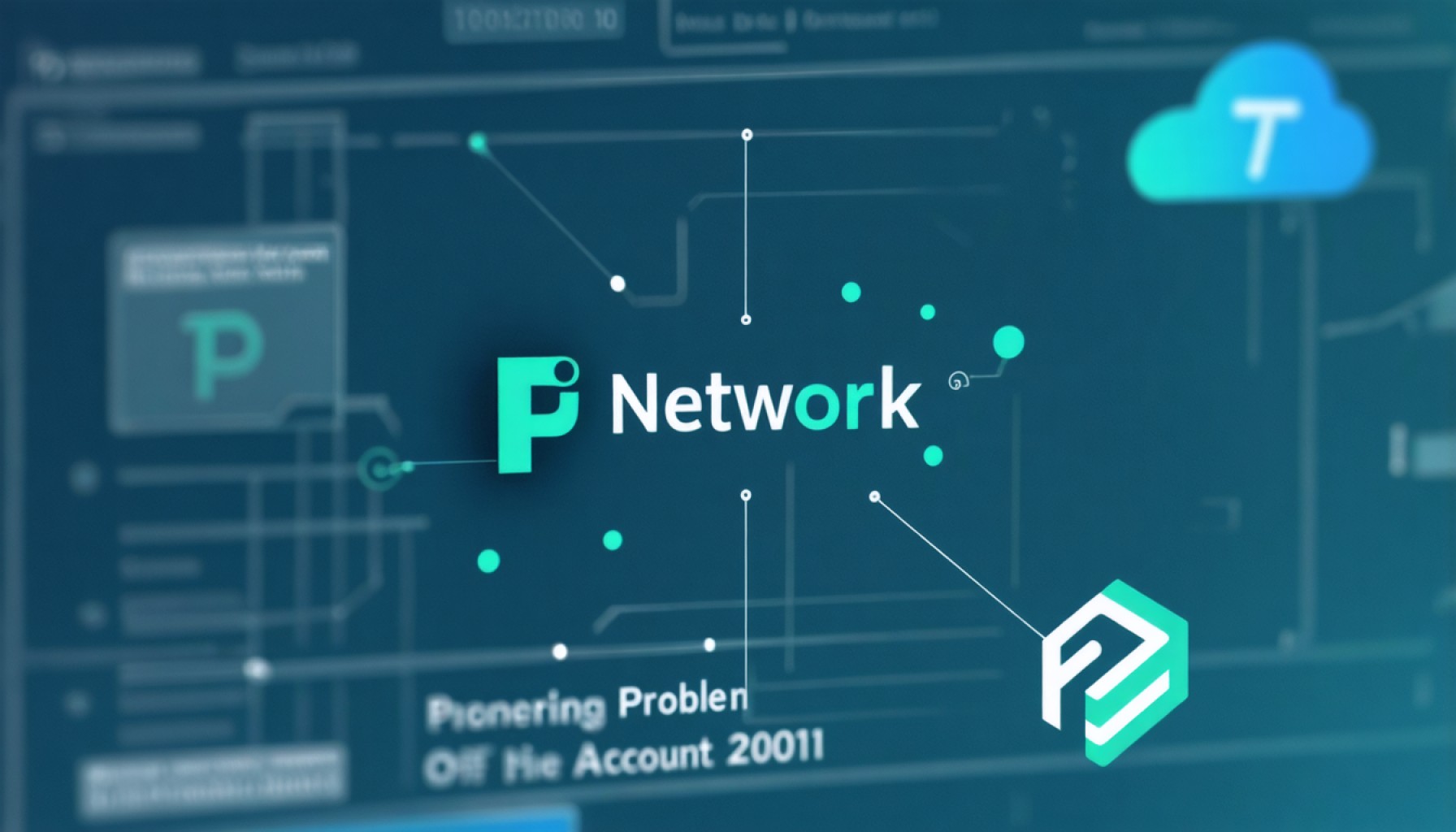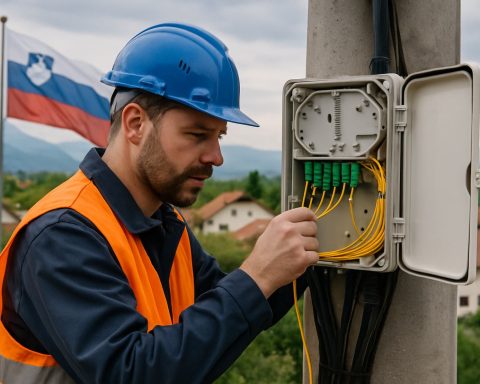- The Pi Network aims to democratize cryptocurrency mining via smartphones, bypassing traditional complex mining setups.
- Frustration among users, known as Pioneers, is leading to account sales due to dissatisfaction with Pi Network’s lockup mechanism.
- Over 62% of users have locked their Pi coins until at least 2027, limiting immediate access to their digital assets.
- Account sales in digital marketplaces entail risks, including scams and potential breaches of Pi Network’s terms of service.
- Technical issues and bottlenecks hinder token migration to the mainnet, exacerbating user discontent.
- Pi Coin’s value is declining, reflecting broader investor apprehension.
- The situation underscores the need for transparency, flexibility, and community trust in cryptocurrency platforms.
- Balancing innovation with practical user needs is vital for the success of ventures like Pi Network.
On the surface, the Pi Network’s vision is alluring—a cryptocurrency that allows everyone to mine coins straight from a smartphone, bypassing the need for complex mining rigs. Yet, beneath this promise, something unsettling is bubbling up among its community of users, known as Pioneers. Mounting frustration is pushing many to take an unanticipated route: selling their entire accounts, bringing their crypto journeys to an abrupt halt.
The heart of the issue lies in Pi Network’s lockup mechanism, which was intended to stabilize coin supply and mitigate inflation. But like an overzealous gatekeeper, it is holding Pioneers at bay, barring them from accessing or cashing out their virtual wealth. An impressive 7.2 million users—over 62% of the network—have locked their coins until at least 2027, forfeiting immediate gains for future benefits. As patience wears thin, this strategy is now viewed as a burdensome cage rather than a safe vault.
In digital marketplaces and forums, listings emerge like pop-up shops, offering locked Pi wallets to the highest bidder. For some, the exchange promises quick relief from financial woes, a lifeline in a stormy sea of account restrictions. However, this transactional exchange carries perilous risks. Buyers and sellers are venturing into an unregulated domain where scams lurk, ready to pounce, with the actual ownership of these accounts hanging by the thread of hacked trust. Selling an account, complete with passphrase access, is not only a risky endeavor but may also breach the Pi Network’s terms of service, leading to account suspensions or coin forfeiture.
Beyond the lockup dilemma, Pioneers grapple with other challenges as well. Technical glitches obstruct the migration of tokens to the network’s mainnet, creating a bottleneck of frustrated users and missed deadlines. Against this backdrop of dissatisfaction, Pi Coin’s market value continues to slide, echoing the collective apprehension of its investors. At last glance, Pi Coin was on a downward trajectory with a value of $1.3, demonstrating the broader market hesitation.
For ventures like Pi Network, promoting democratized access to cryptocurrency, these developments serve as a critical lesson: transparency and flexibility must accompany innovation. As users find creative, albeit risky, ways to unlock their digital wealth, the real revelation becomes a stark one—trust in technology is as crucial as the technology itself.
In this unfolding narrative, the takeaway is clear: the success of cryptocurrency platforms depends not just on technical prowess but on ensuring a balanced, user-centric approach that values the community’s trust and their right to fair access. As Pi Network navigates these stormy waters, it must reconcile its lofty ideals with the practical realities faced by its most dedicated supporters.
Is Pi Network’s Cryptocurrency Vision Falling Apart?
The Pi Network was heralded as a revolution in the cryptocurrency world, offering users a way to mine digital coins using just their smartphones. However, beneath its initially attractive appeal, cracks are emerging that are causing frustration within its community of users, known as Pioneers. These users are increasingly seeking to offload their accounts due to the platform’s restrictive features, such as the lockup mechanism. Below, we delve deeper into this issue and explore wider facets of Pi Network’s situation.
Understanding the Lockup Mechanism
The lockup mechanism within the Pi Network was intended to stabilize the coin’s supply and control inflation. However, for Pioneers, it feels more like a barricade. According to official figures, 7.2 million users—comprising more than 62% of Pi Network’s users—have agreed to lock their coins till at least 2027, hoping for future benefits. This approach, though strategically sound on paper, is perceived by many as a limitation on financial gains.
How the Lockup Affects Users
– Restrictions: Locked coins cannot be accessed or traded, creating frustration among users eager to utilize their crypto holdings.
– Market Sentiment: Anxiety over restricted access is fueling apprehension within the market, contributing to a downward trend in Pi Coin’s value.
Risks of Selling Pi Accounts
The surge of unlocked accounts for sale presents clear disadvantages:
– Legal and Ethical Concerns: Selling accounts, which includes providing passphrase access, may violate terms of service, risking account suspension or loss of coins.
– Security Risks: Engaging in such trades in unregulated forums exposes users to potential scams and fraud.
Addressing Technical Glitches
Technical challenges are contributing to user frustration. Bugs related to token migration to the mainnet have led to missed deadlines and a bottleneck of users:
– System Glitches: These ongoing issues exacerbate dissatisfaction among Pioneers.
– Development Goals: Pi Network must prioritize resolving these issues to regain user confidence.
Market Trends and Projections
Pi Coin’s declining value, at approximately $1.3, reflects broader concerns:
– Investor Anxiety: Concerns about the network’s restrictions and technical hurdles are affecting investor confidence.
– Future Projections: Without addressing these challenges, the platform may find it difficult to maintain its user base and market value.
Recommendations for Pi Network
To rebuild trust and satisfaction:
1. Increased Transparency: Regular updates and transparency regarding technical fixes and future developments.
2. Flexibility on Lockups: Offering opt-out clauses or modified lockup plans could reassure users.
3. Enhanced Security Measures: Commitment to protecting users from fraud and improving platform security.
Actionable Tips for Users
– Stay Informed: Keep up-to-date with the latest Pi Network announcements and updates.
– Avoid Unsafe Transactions: Engage in trades only through verified, secure channels.
– Plan Long-Term: Given current challenges, approach Pi Coin as a long-term investment rather than seeking immediate returns.
Conclusion: Upholding Community Trust
The situation at Pi Network illustrates the critical importance of balancing innovative technology with transparency and flexibility. To move forward successfully, it must prioritize user interests, fortify the platform against scams, and maintain open communication with its community.
For more about secure cryptocurrency practices and trends, visit Coindesk.








